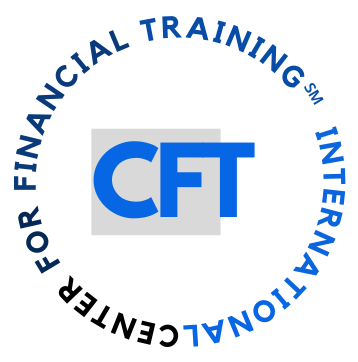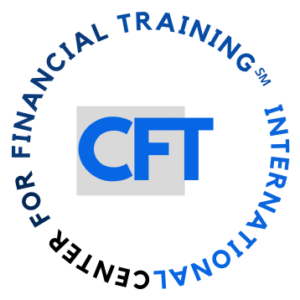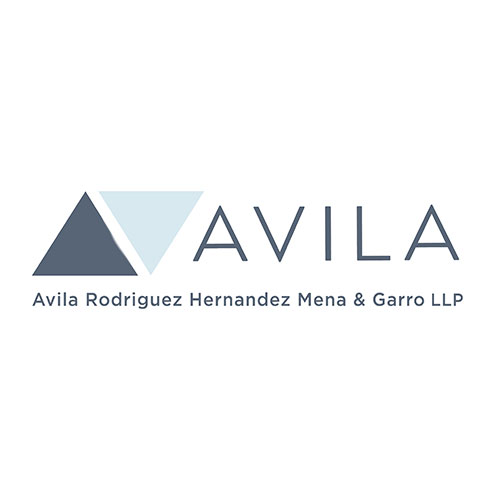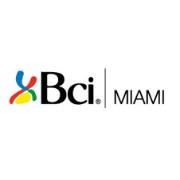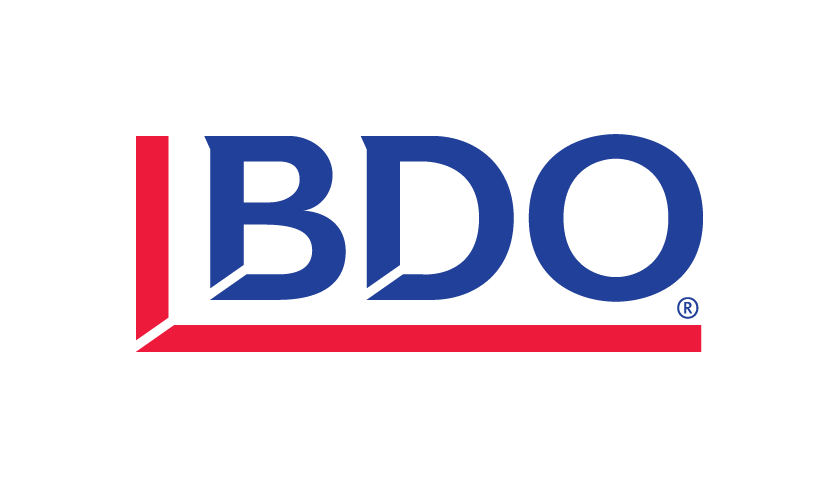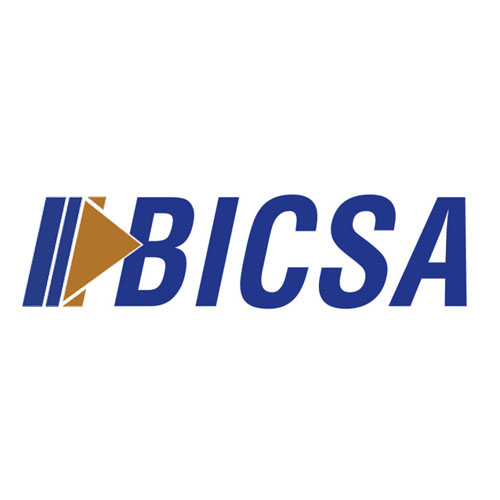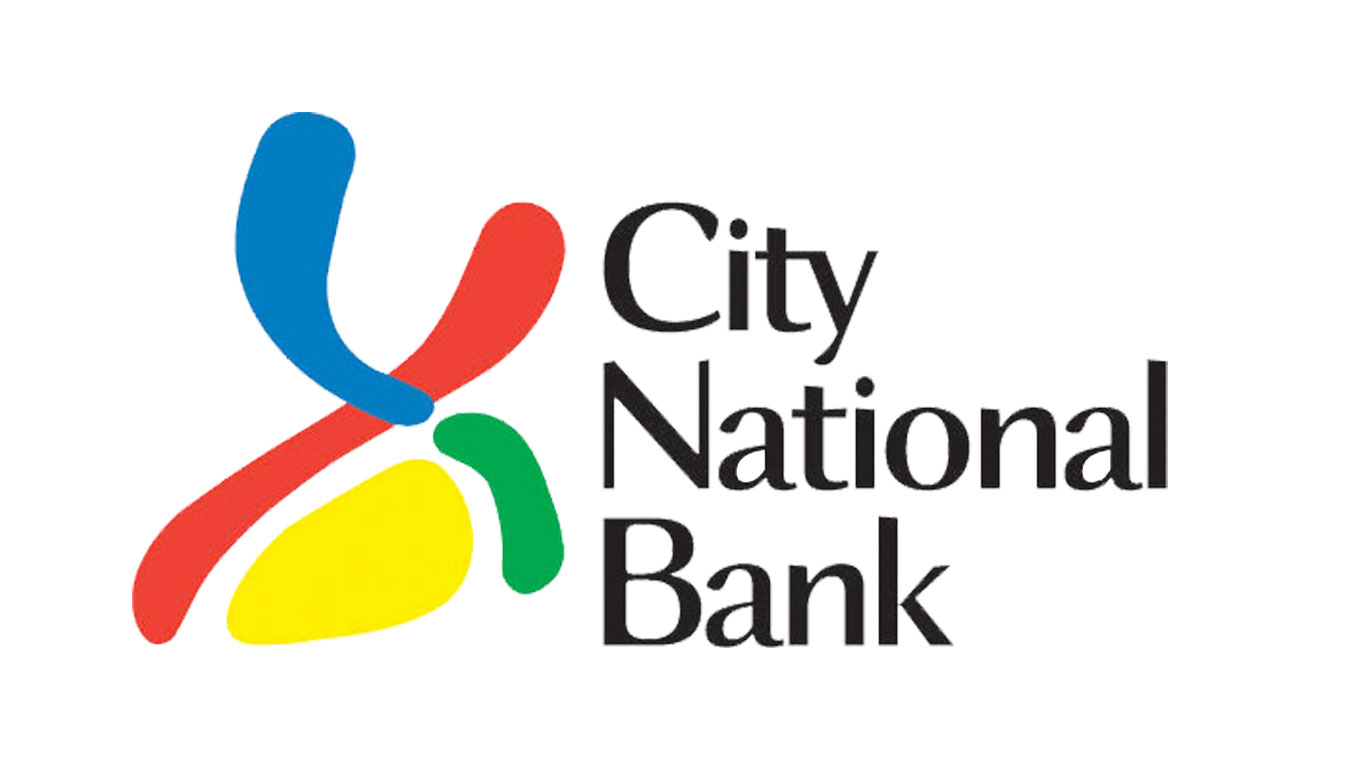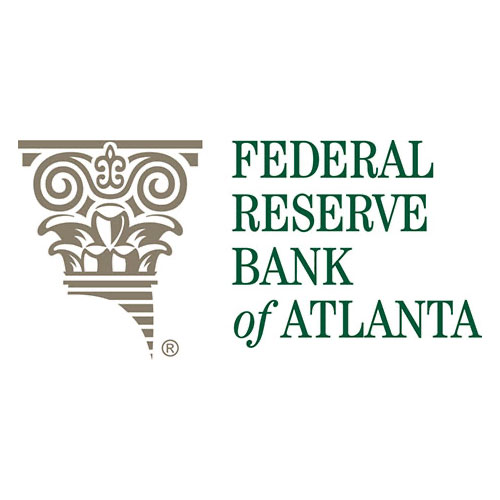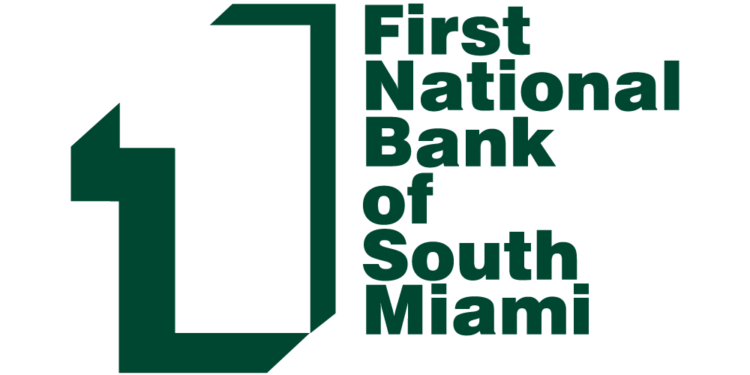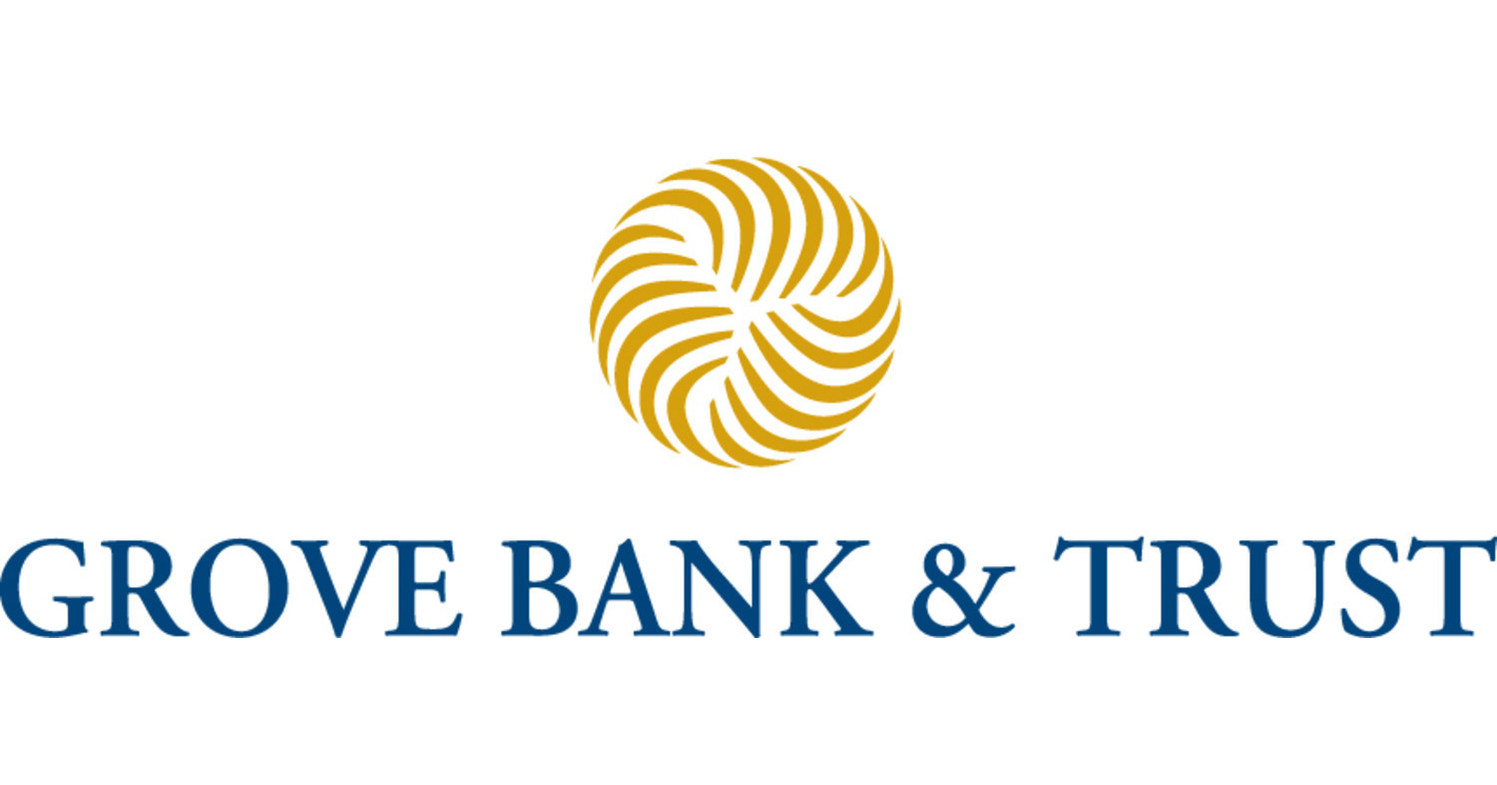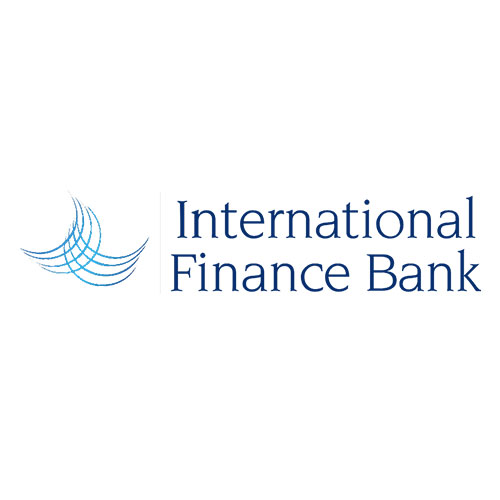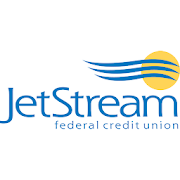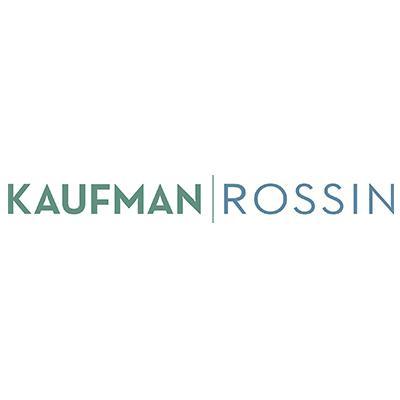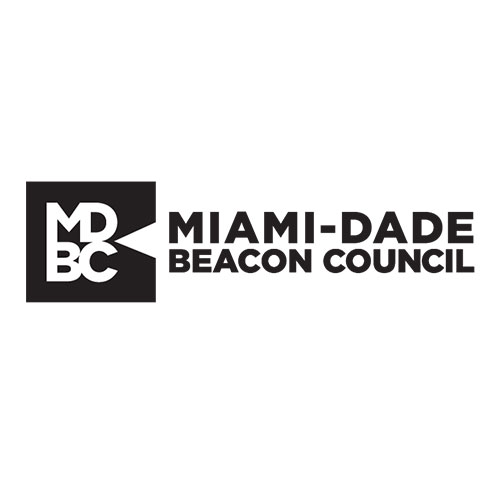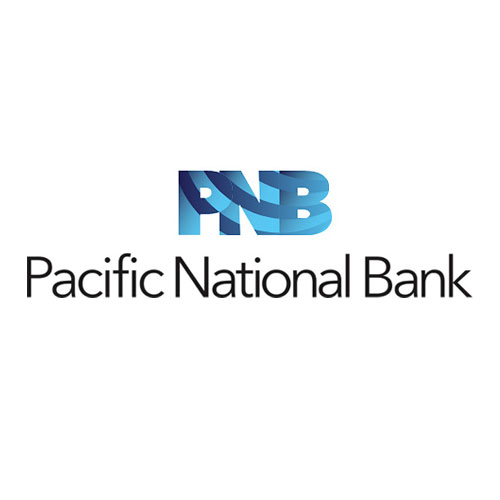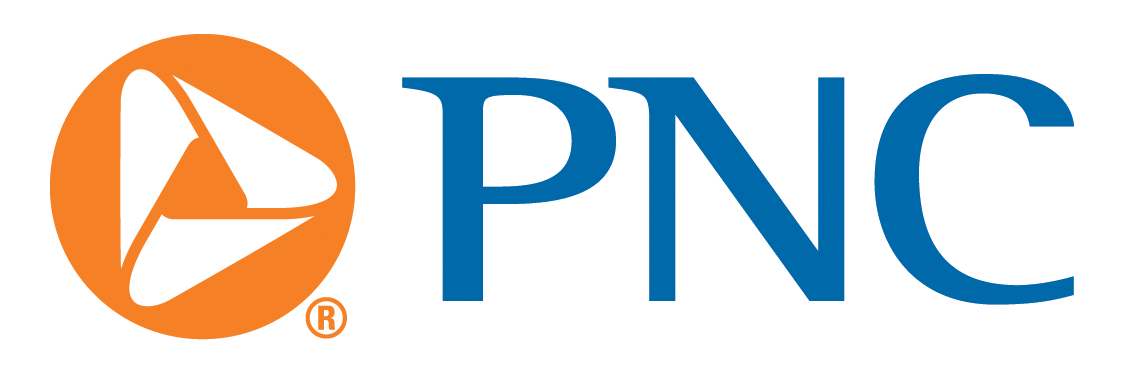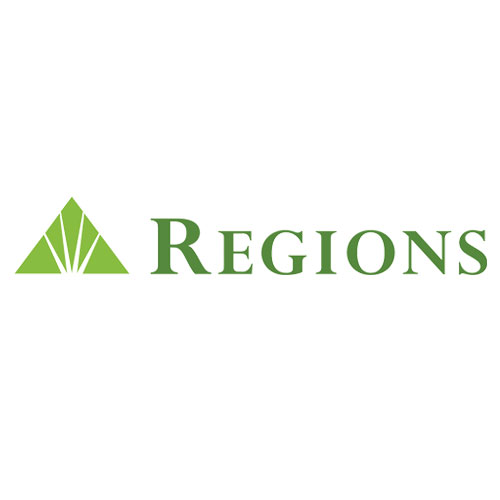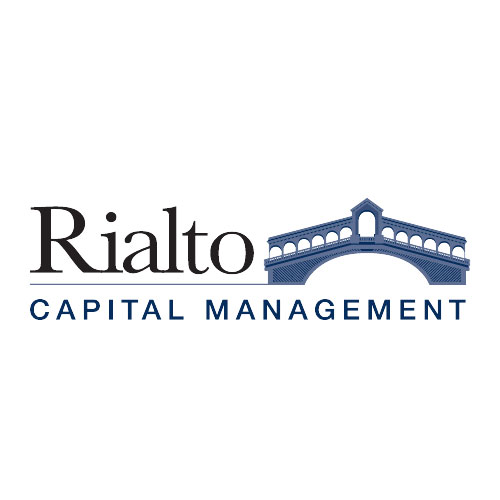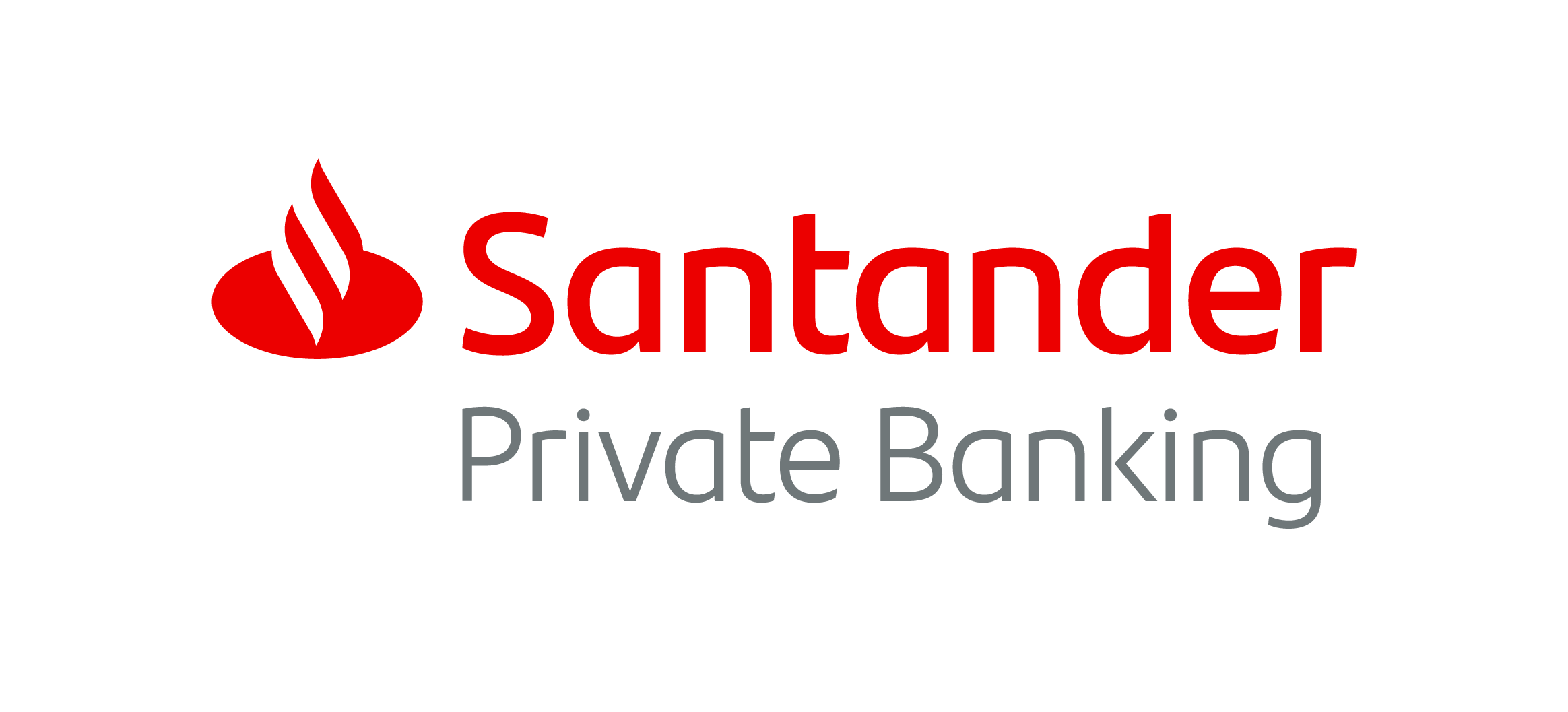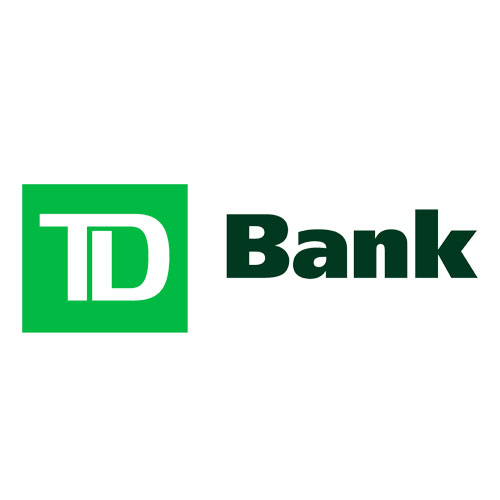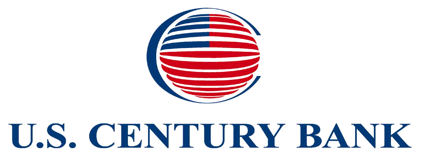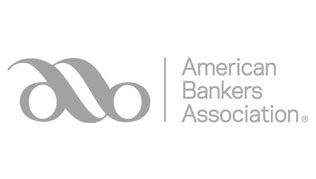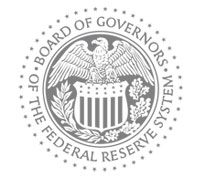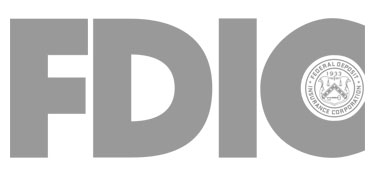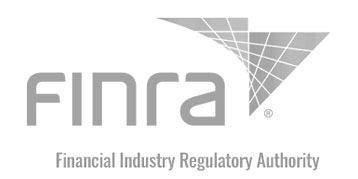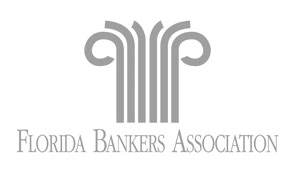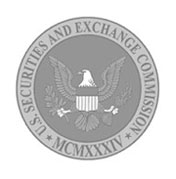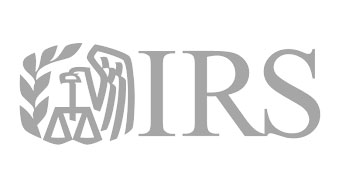Description
A financial institution that receives a garnishment order must seize assets, including funds on deposit, to settle an unpaid debt. It must perform an account review to determine whether there is a “protected amount” that is exempt, freeze the protected amount, then seize any unprotected funds up to the amount of the order to tender those funds to the creditor.
Learn how to determine the “lookback period” for an account review and calculate the “protected amount” that is exempt from garnishment. The course also covers continuing garnishment orders, customer notices, fees, considerations for closing accounts, record retention, and consequences for noncompliance.
What You’ll Learn
- Describe a financial institution’s general responsibilities in identifying federal benefit payments that are covered by 31 CFR 212.6 – Rules and procedures to protect benefits
- Determine the lookback period for determining a protected amount
- Calculate the protected amount that is exempt from a garnishment order and the amount available for garnishment
- Explain considerations for the Notice of Right to Garnish Federal Benefits, continuing garnishment orders, customer notices, fees, closing accounts, record retention, and consequences for noncompliance
Course Credits
ABA Professional Certifications: 1.00 CRCM
Your Instructor
Carl Pry, J.D. CRCM, CRP
Managing Director
Treliant LLC
Carl Pry, Managing Director of Treliant, is a seasoned executive with banking law, corporate finance, and regulatory compliance experience in Fortune 500 financial institutions, regional banks, and industry consulting firms. He advises clients on commercial compliance, fair lending, corporate treasury, and risk management.
For more than 25 years, Carl has held senior leadership positions at KeyBank, Accenture, and Kirchman Corporation. He serves on the Editorial Advisory Board and contributes to the ABA Bank Compliance magazine. He has led many training sessions and examiner classes across the country and been the featured speaker for numerous banking, compliance, and state bar associations. Carl has also authored training programs covering consumer and commercial compliance, audit, quality control, tax, privacy, and risk management.
Course Updates
Created: July 2022
